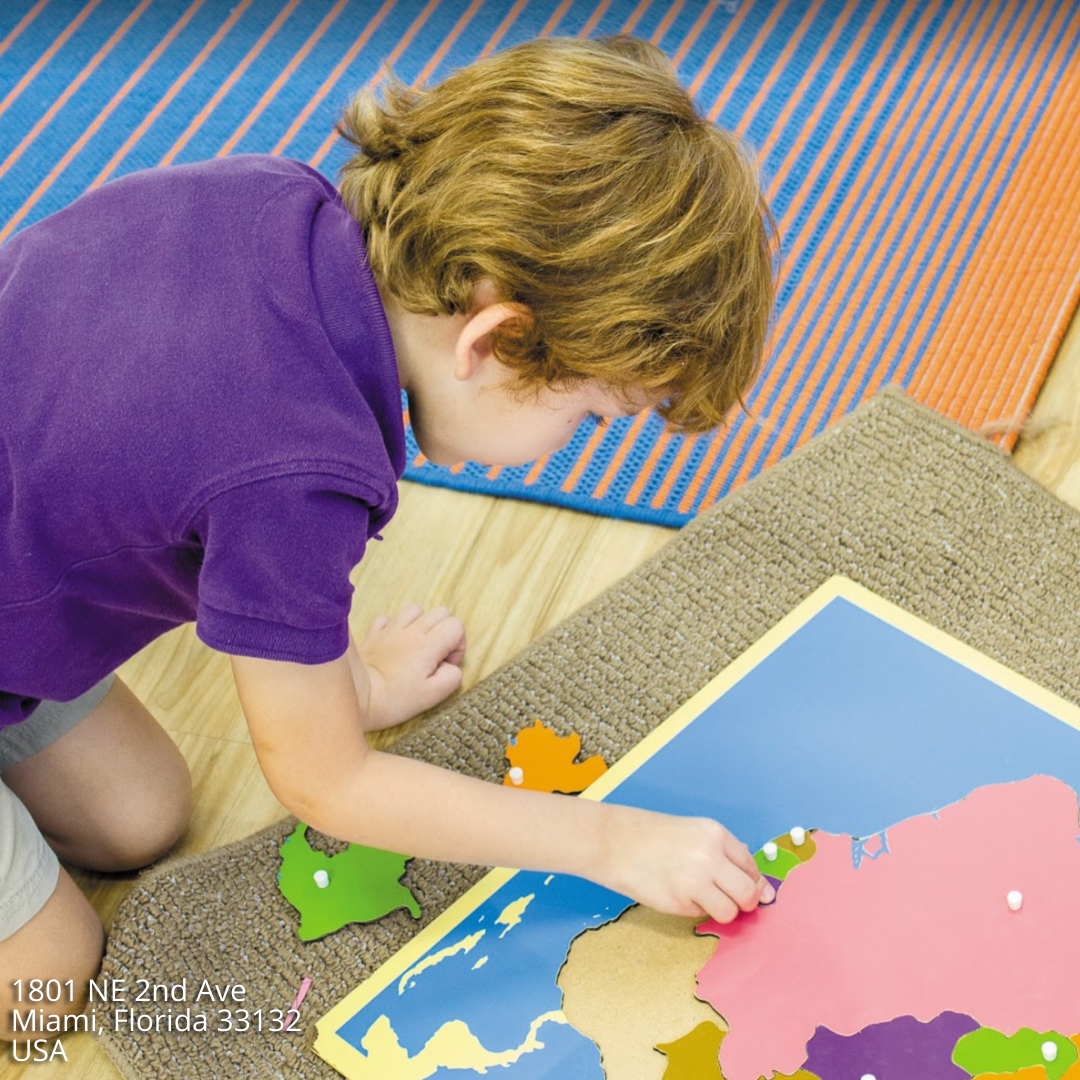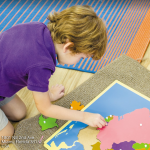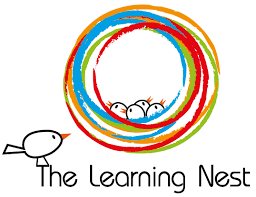The Learning Nest Edgewater shares several ways parents who follow the Montessori method in Edgewater can help their toddlers tap into and explore their creativity at home. This preschool has a stellar reputation for adhering to the Montessori philosophy and fosters a diverse educational environment catering to young learners' physical, intellectual, and emotional well-being.
The Importance of Developing a Child's Creativity
Creativity is evident in everything. It's a part of everything from language and science to emotional and social intelligence. When people know how to be creative, they can display problem-solving skills better than those who don't. As a result, these individuals tend to be more adaptable to life changes and technological advances.
For children, creativity helps the development of social, emotional, and critical thinking skills. A common misconception about creativity is that everyone naturally has it from birth. Yet, children can't be equally creative since creativity is a skill one learns, not an inherent talent.
According to Maryville University professionals, creative children tend to have less stress and high emotional intelligence scores. They're also more likely to practice different types of thinking while learning their personality and identity.
Tips on How To Encourage Your Child To Develop Their Creativity
Consider the following tips and creative activities to help develop your child's creativity.
Give Toddlers Lots of Resources at Home
Children will need specific resources to foster their creative expressions. For instance, they'll need plenty of time for imaginative play without structure or adult direction.
They'll also need a safe space to play. To prevent toddlers from creating messes throughout the home, make a designated area for them to play and get messy without worry. The space could be their bedroom, a converted dining room, or a section of the living room.
Finally, children need supplies. Different toys can spark creativity, but it's best to give them a variety of materials for art, imaginative play, building, and crafting. Some items that could foster creativity in toddlers include:
- Colored pencils, crayons, or markers
- Toy cars
- Stickers
- Children's sewing machines
- Kinetic sand or Play-Doh
- Costume jewelry and play clothes
- Paint kits
- Colored chalk
Engaging in technology can also help foster creativity in a toddler. Age-appropriate computer games or apps on tablets that involve making, building, or designing things can help spark a young child's creativity and imagination.
Make Your Home Conducive to Creativity
A home's environment can help young children feel creative and express their motivations. Parents can foster an atmosphere enabling their toddlers to think, play, and explore by brainstorming different ideas with them about various activities they could try.
When brainstorming, it's important not to tell children that their ideas are bad or not feasible. Instead, focus on the best ideas until they find one they want to try.
You can also talk about your creative expressions and passions. Consider talking about your favorite artists, photographers, or musicians and sharing examples of their work with your child.
Ask Plenty of Questions
If you want to encourage your toddler's creativity more actively or directly, ask them questions. Most toddlers learn by asking questions. When you give them things to think about and respond to, they'll take time to reflect on an answer, which triggers their thinking skills.
Here are examples of questions to ask children while they play:
- What made you think of this activity?
- How did you come up with this idea?
- Did everything work out like you wanted?
- What's the hardest part of this activity?
It helps to avoid "yes" and "no" questions that are easy to answer and don't need much thought. The purpose of asking questions is to encourage the child to think of a more complex response.
Avoid Offer Rewards for Displays of Creativity
One of the principles of the Montessori method in Edgewater is not to use a reward or punishment system to elicit a desired action or response. By rewarding a child for displaying any type of creativity, you can unintentionally hinder their natural motivation. In other words, the action, or creativity in this case, becomes something to do for another person's validation instead of self-enjoyment, satisfaction, or happiness.
Don't Micromanage Them
Sometimes, parents want to involve themselves too much in their children's creative processes. Unfortunately, this can restrict their creative expression development and dampen their excitement. It's best to offer suggestions and guidance without managing their play too much.
Part of not micromanaging a child's creative play is allowing them to disagree with you. Encourage them to find solutions to problems.
Reduce Screen Time
Though technology can foster creativity in young children, it's important not to let them overindulge. Screen time with tablets, smartphones, televisions, and computers can take up precious time.
The American Academy of Child and Adolescent Psychiatry recommends that children aged two to five spend one hour daily on screens that display noneducational content. Managing a child's screen time will give them more time and opportunity to explore creative at-home entertainment.
Find Ways To Activate All Their Senses
There is more than one way to be creative. One of the best things parents can do to help their young child become more creative is to engage all of their senses.
Give them things to look at, touch, feel, taste, and smell. Simple ways to accomplish this when they're not in school include:
- Gardening in the backyard
- Visiting a local zoo or museum
- Spending time in a park
- Going to the neighborhood library
About The Learning Nest Edgewater
The Learning Nest Edgewater, FL, is a preschool that follows the Montessori method in Miami and all of its learning philosophies and principles. As such, the school allows young children to learn from personalized lesson plans at their own pace. The goal of The Learning Nest Edgewater is to recognize each student's individual interests and learning habits while providing an integrated learning experience.
For more information about the Montessori method or other details about encouraging creativity in children, contact them at call (786) 796-8563 or visit their website.






